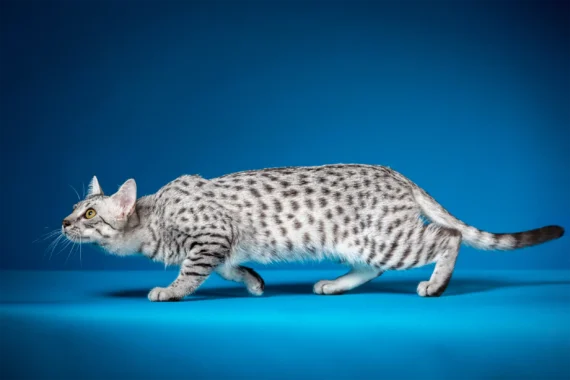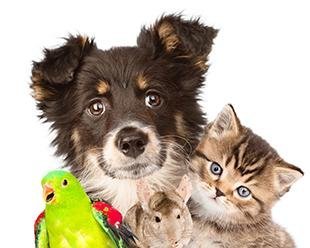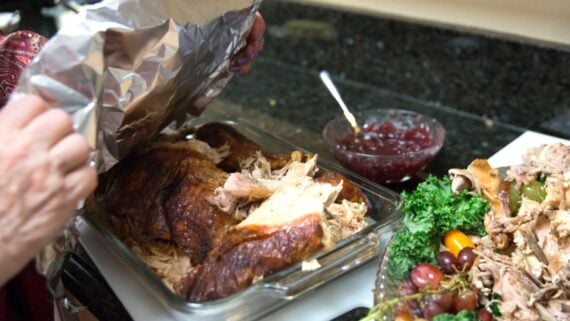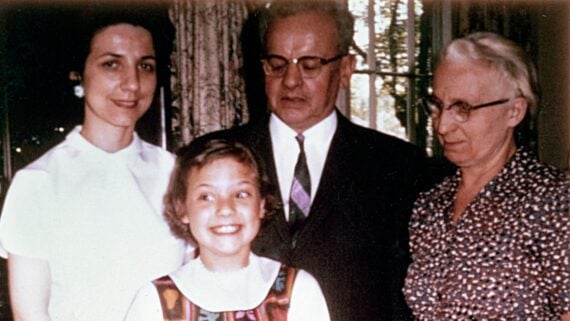Cats come in a stunning range of shapes, textures, and personalities—but these weird cat breeds take things to a whole new level. From curly-haired cuddlebugs to hairless eldritch creatures and short‑legged charmers, here are 25 feline oddities that blur the line between biology and fantasy.
Related: 36 Popular Dog Breeds That Don’t Shed
Selkirk Rex
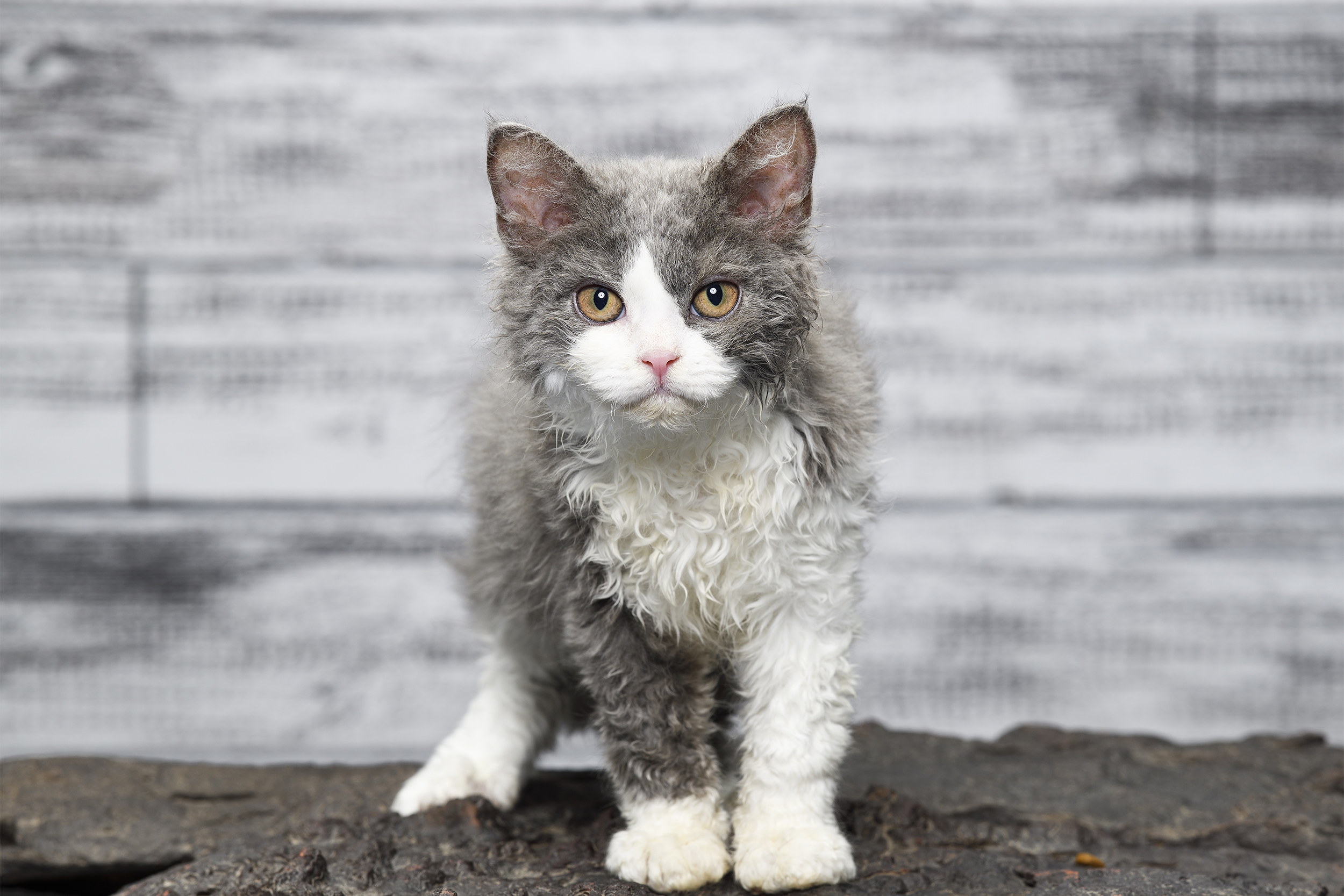
Not all cats of this breed have curly coats, but those that do will initially lose their curls, then regain them as they approach 1 year old and increase in curliness until the cat reaches around 2 years of age. The breed gets along well with people, other cats, and friendly dogs.
Canadian Sphynx
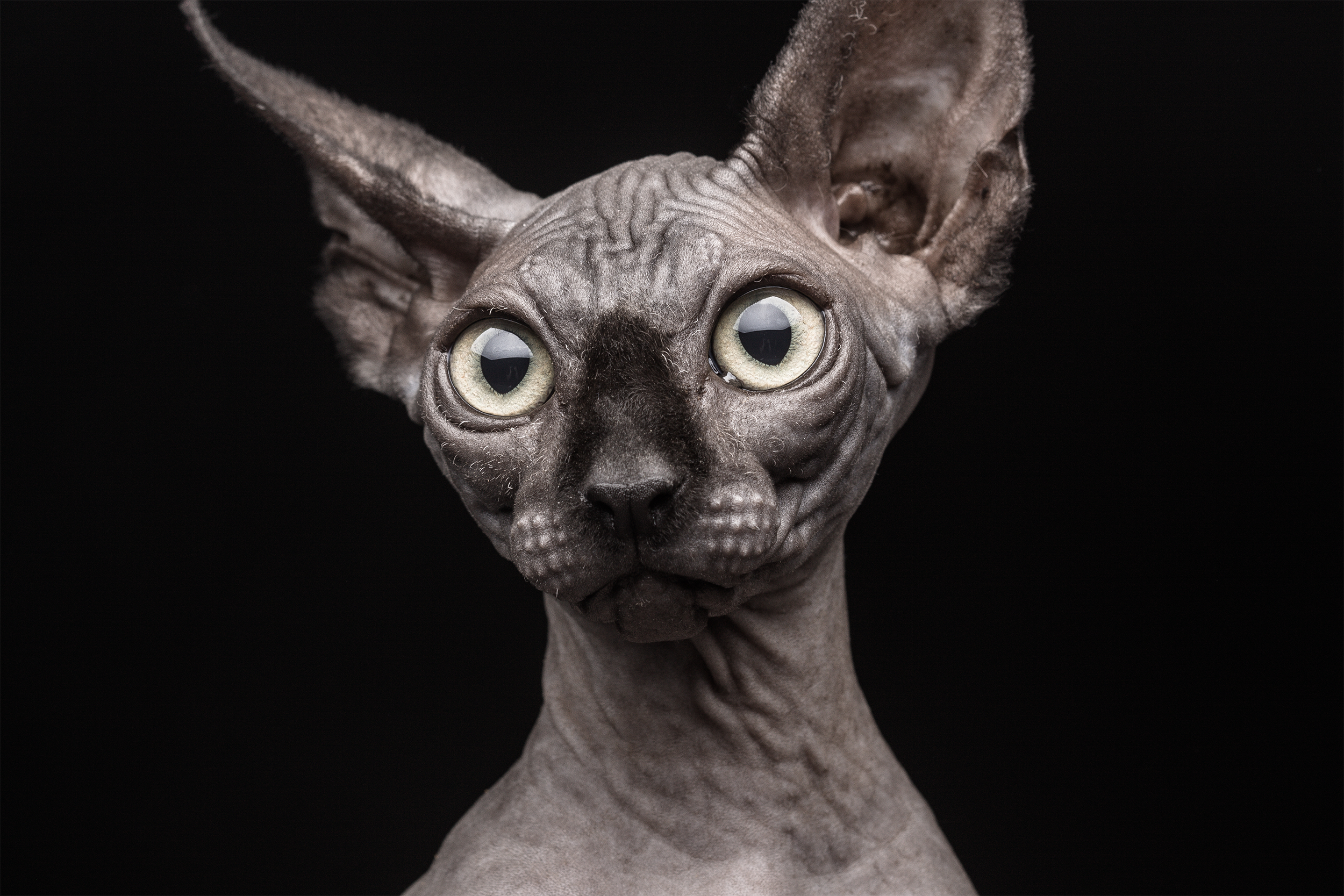
This cat breed didn’t exist before 1966, when a domestic cat in Toronto gave birth to a hairless kitten, the result of a genetic mutation. Sphynx cats might not always look friendly, but their temperaments are actually quite cuddly. They’re named after the Egyptian cat sculpture they resemble.
Related: Otterhounds, Pulis, and Other Dog Breeds You’ve Never Heard Of
Munchkin
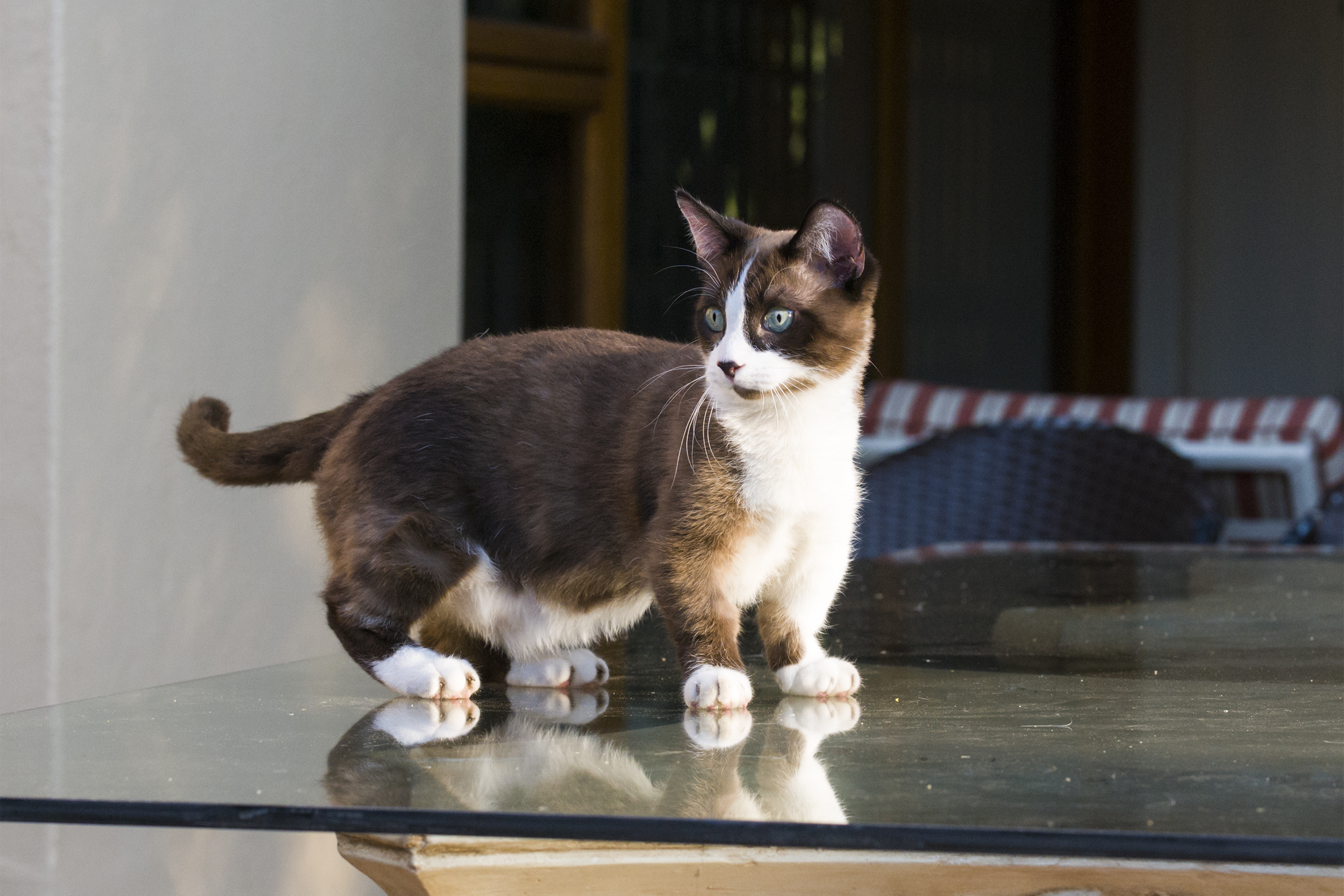
There were reports of Munchkin cats as early as the 1930s, but they weren’t officially established as a breed until 1983. This friendly breed likes to play with dogs and children and is characterized by its short legs.
Related: Best Cheap Cat Food Buying Guide
Elf Cat
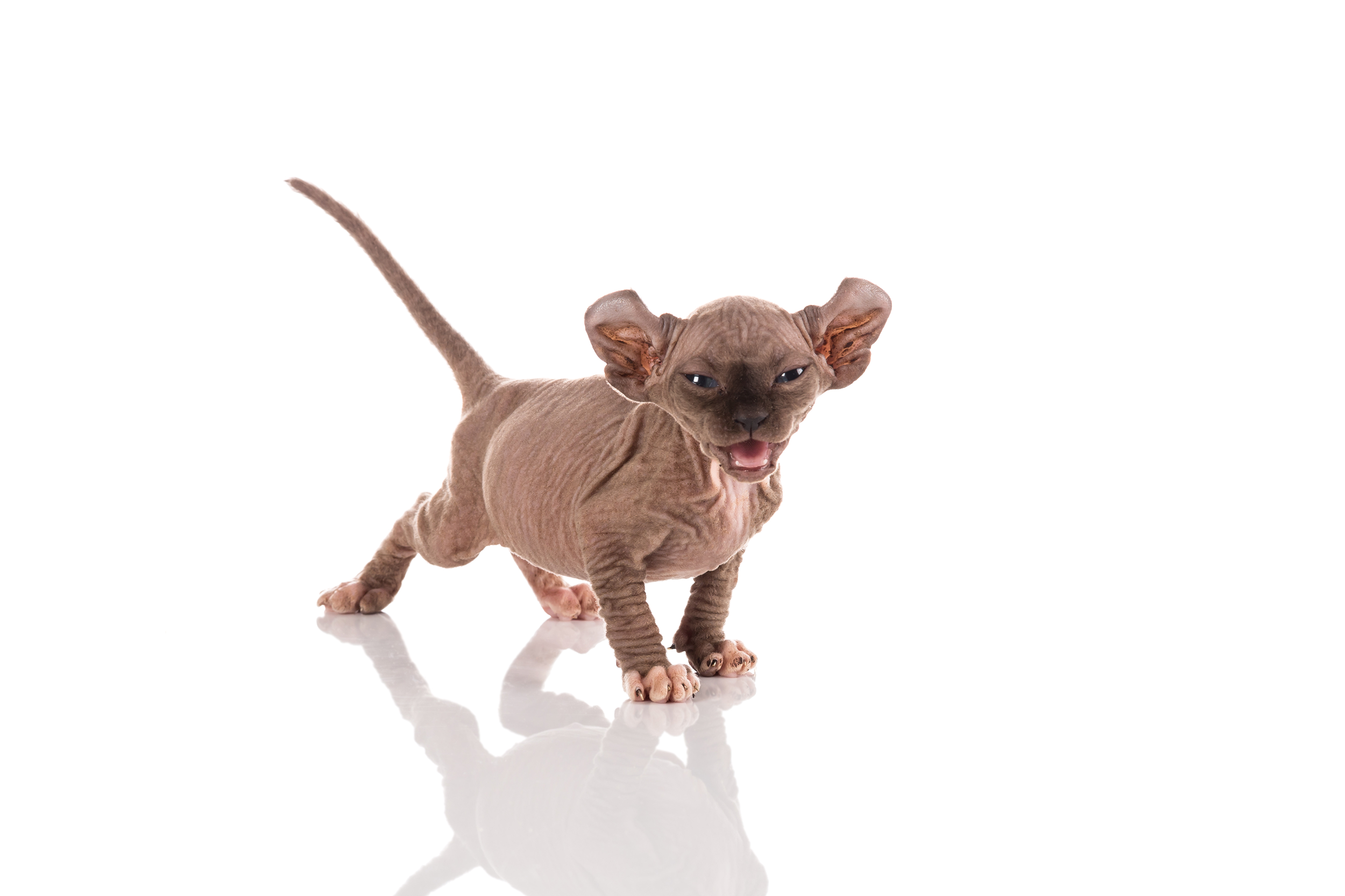
The Elf cat is a hybrid of the American Curl and Sphynx breeds and is considered extremely rare. It was introduced in 2004 by Karen Nelson and Kristen Leedom, a pair of cat enthusiasts and breeders. The breed is sociable, gentle, adaptable, and friendly — just like the breeds it’s been adapted from.
Japanese Bobtail
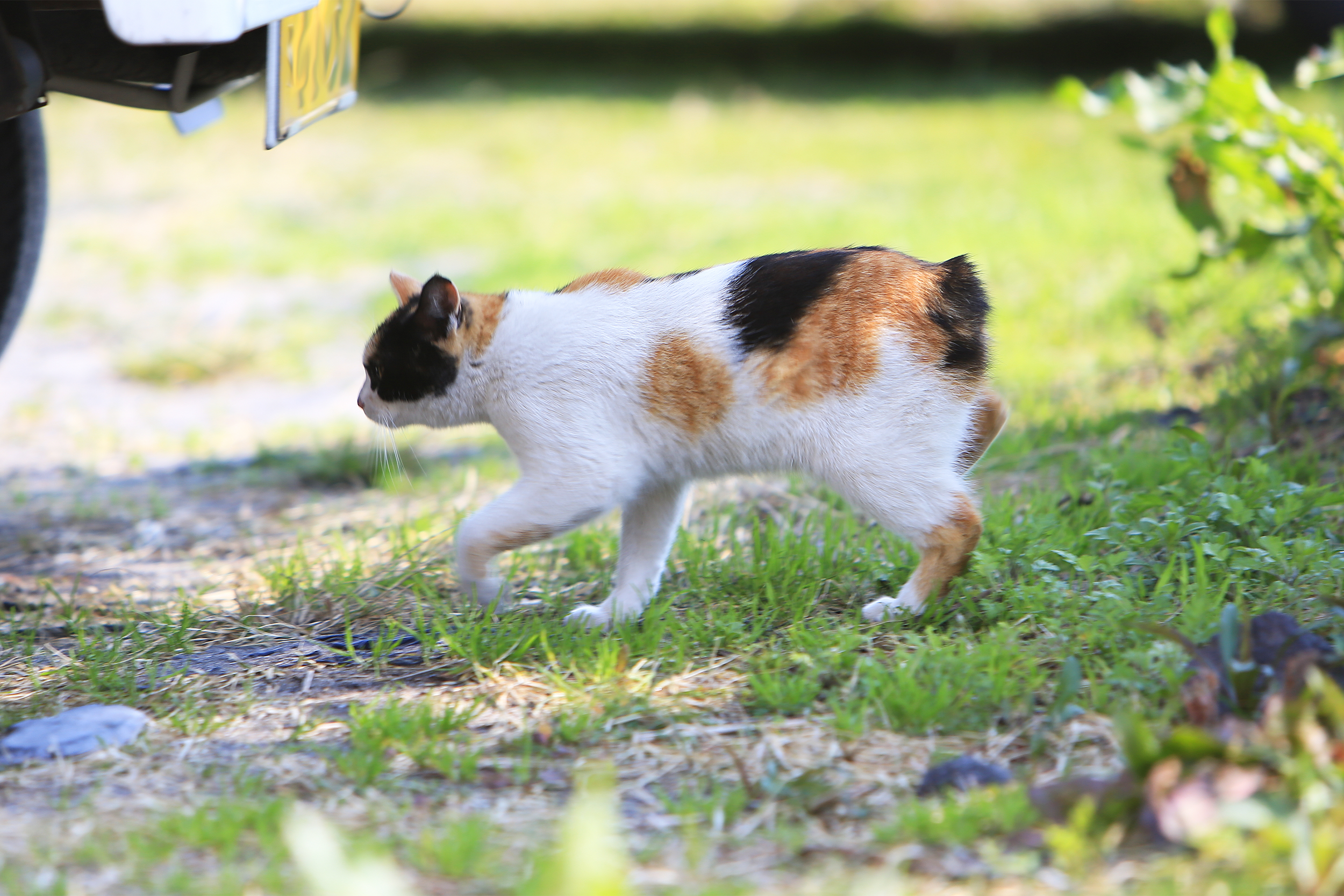
Japanese Bobtails are one of the oldest cat breeds — they’ve been around since at least the 6th century — and are characterized by their lack of a tail, athletic nature, and sweet and sociable temperament.
Related: 15 Money-Saving Tips for Owning a Cat
Trending on Cheapism
Peterbald Cat
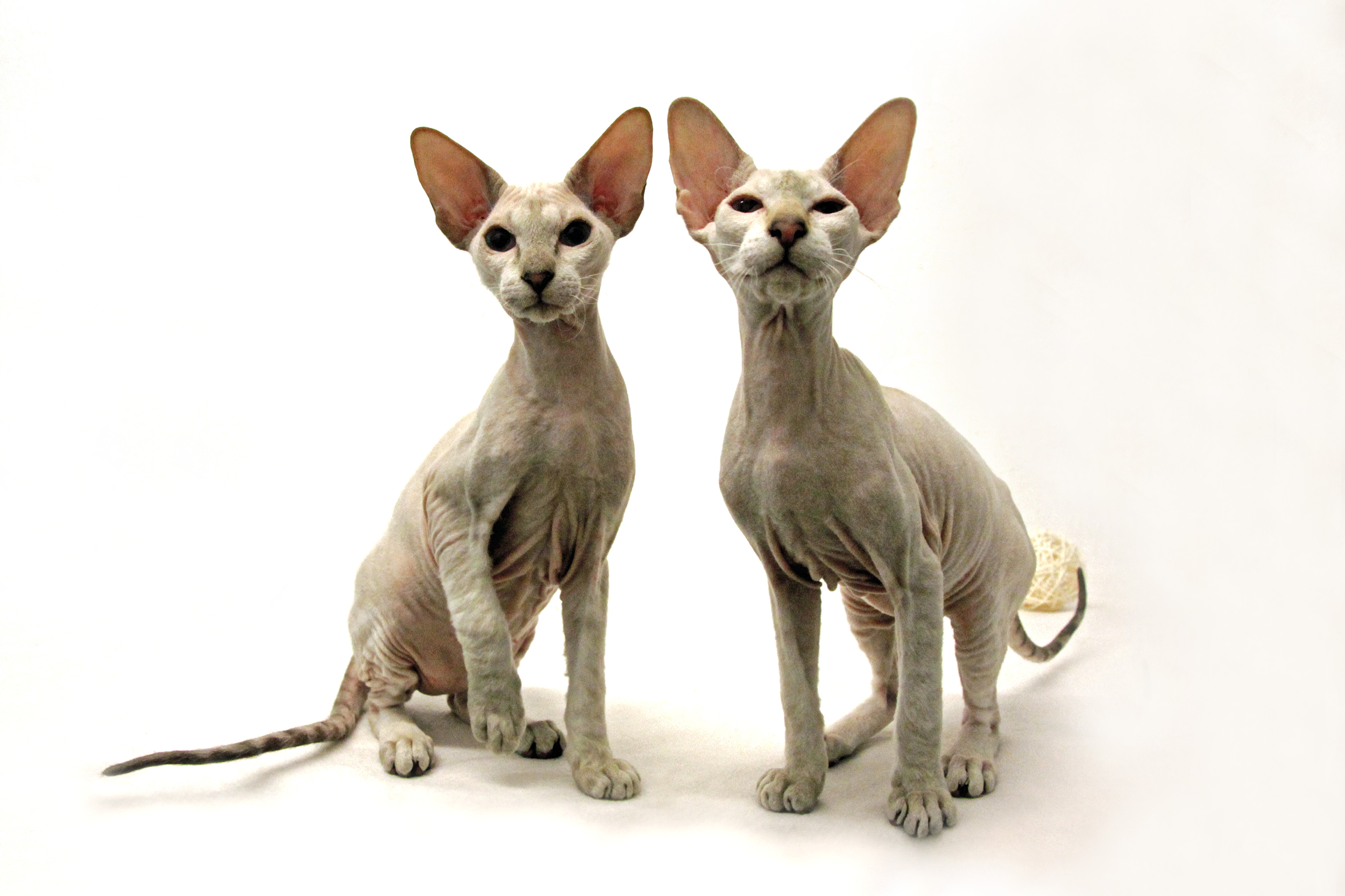
Another of the hairless cat breeds, the Peterbald is an athletic cat that is also considered curious, lively, intelligent, and social. Peterbald kittens typically have some hair, but it falls out as they mature.
For more great pet stories, please sign up for our free newsletters.
Pixie-Bob

This breed possesses the affectionate demeanor of a housecat, with a muscular build and a face reminiscent of a bobcat. Pixie-Bobs are often referred to as “dogs in disguise” because they love to play fetch and take walks on a leash.
Donskoy
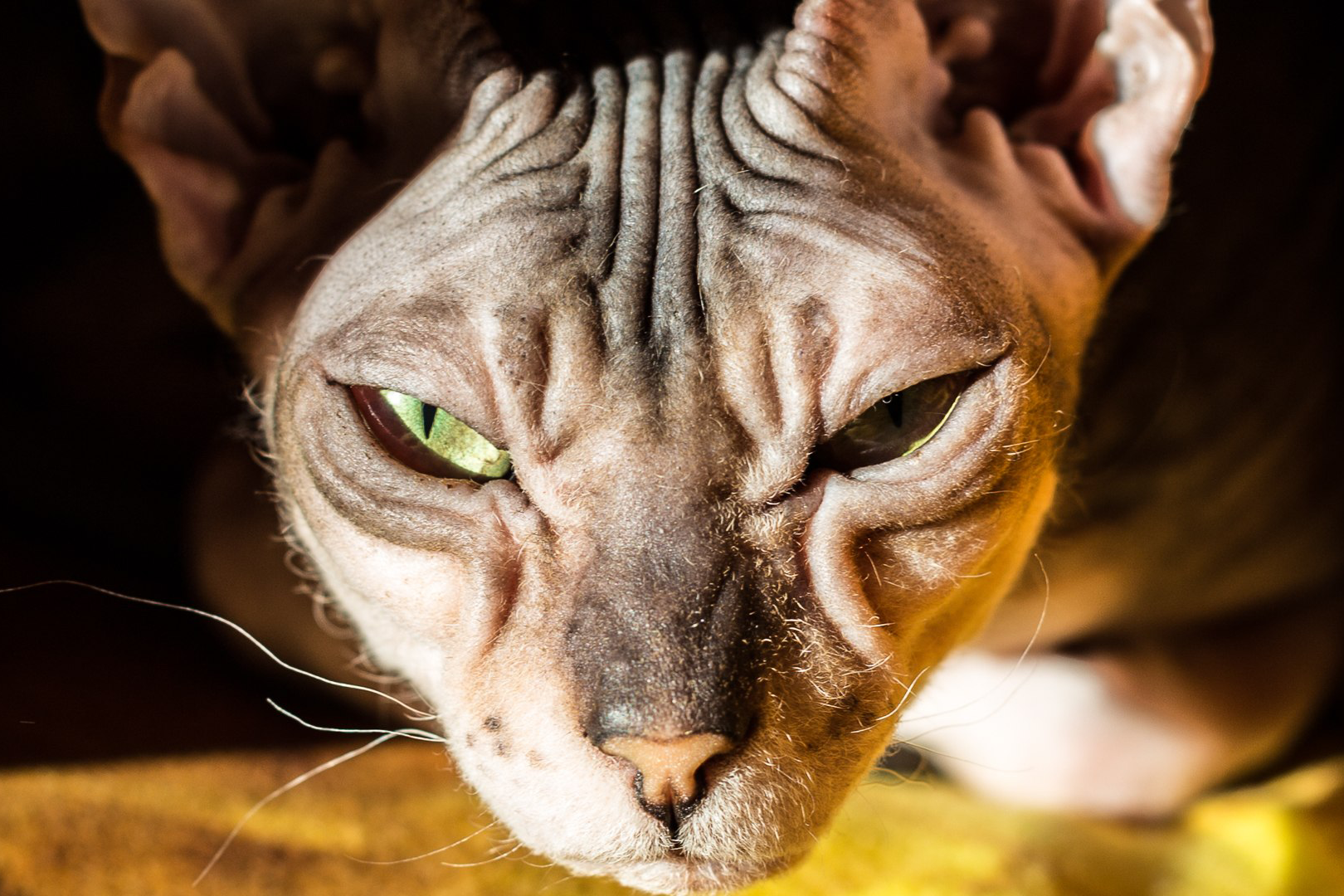
The Donskoy, sometimes referred to as a Russian Hairless or Don Sphynx, differs from the Canadian version in that its hairlessness is a result of a dominant mutation. It is well-muscled, with sizable ears and webbed toes.
Sign up for our newsletter
Ukrainian Levkoy

A cross between a Donskoy and Scottish Fold, this breed is characterized by its large and wide-set almond-shaped eyes, near-hairless body, and folded ears. Some kittens, like the one shown here, do not have the characteristic ears early in life, but they will eventually develop.
Scottish Fold

The adorable Scottish Fold breed is named, of course, for its ears and its origins in Scotland. In a Purina database of cat breeds, this cat is noted for its sometimes strange posturing, “like lying flat on the floor with her legs splayed out, on her hind legs, sitting up like a meerkat, or lying on her back, paws in the air.”
Bambino
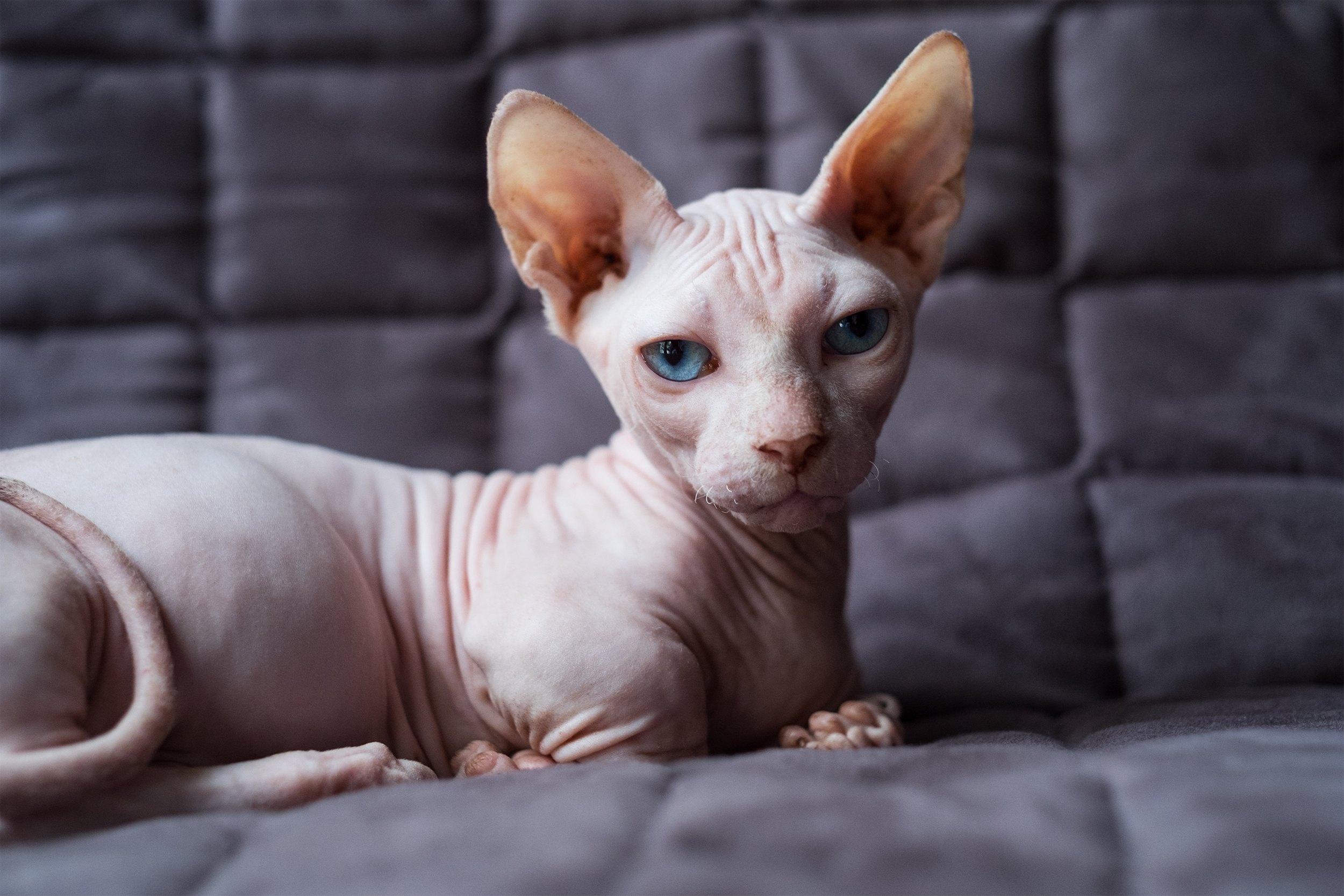
The first litter of this cat was registered in 2005, the kittens were a cross between the Sphynx and Munchkin breeds. Like other hairless breeds, they are considered extremely affectionate and friendly and get along well with children and other pets.
Egyptian Mau
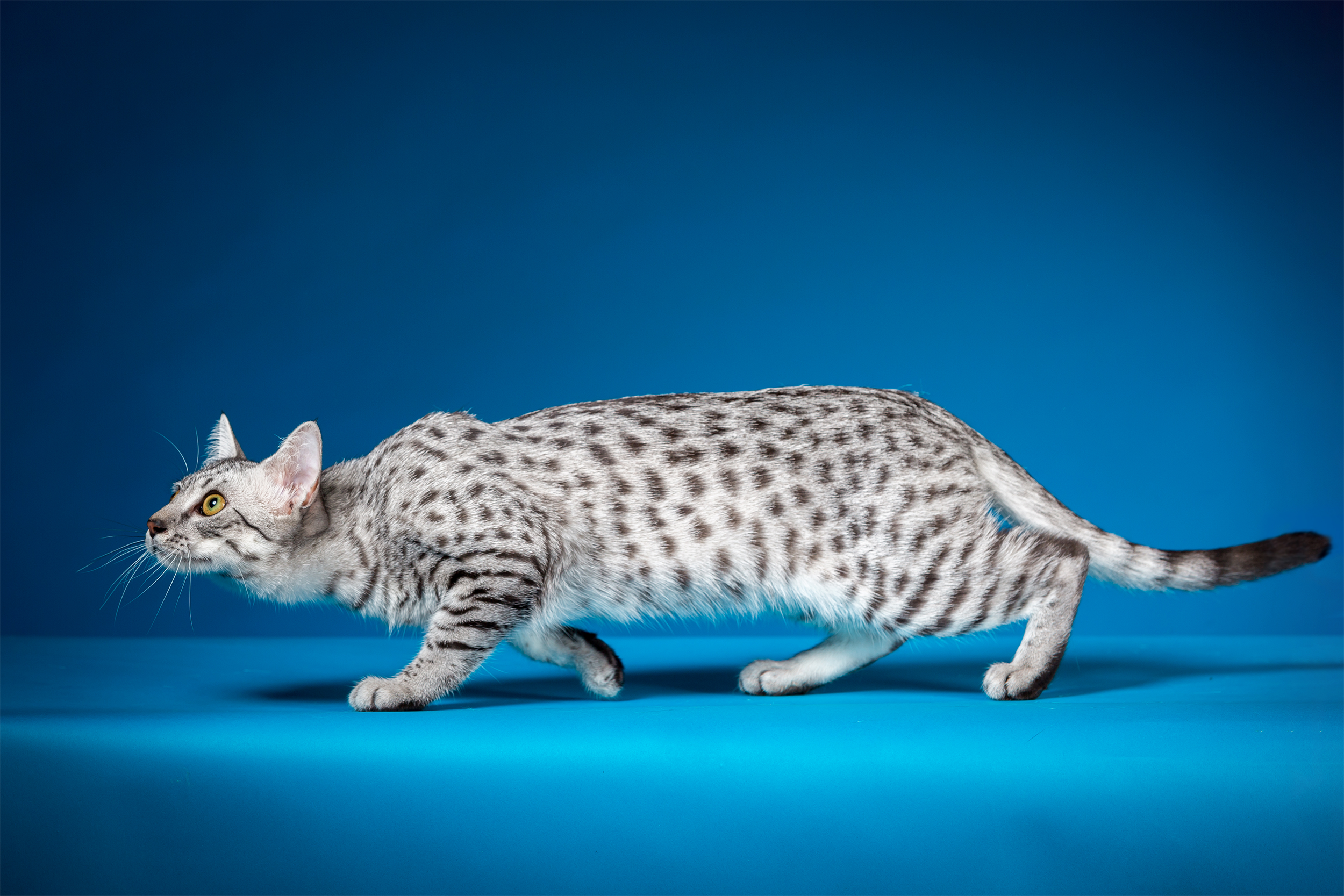
The striking spotted coat of this breed is just one of its unusual characteristics. The Egyptian Mau is also noted for its love of playing in water, high intelligence, and speed — it can run up to 30 mph—depictions of this breed date back to 1550 B.C.
Manx
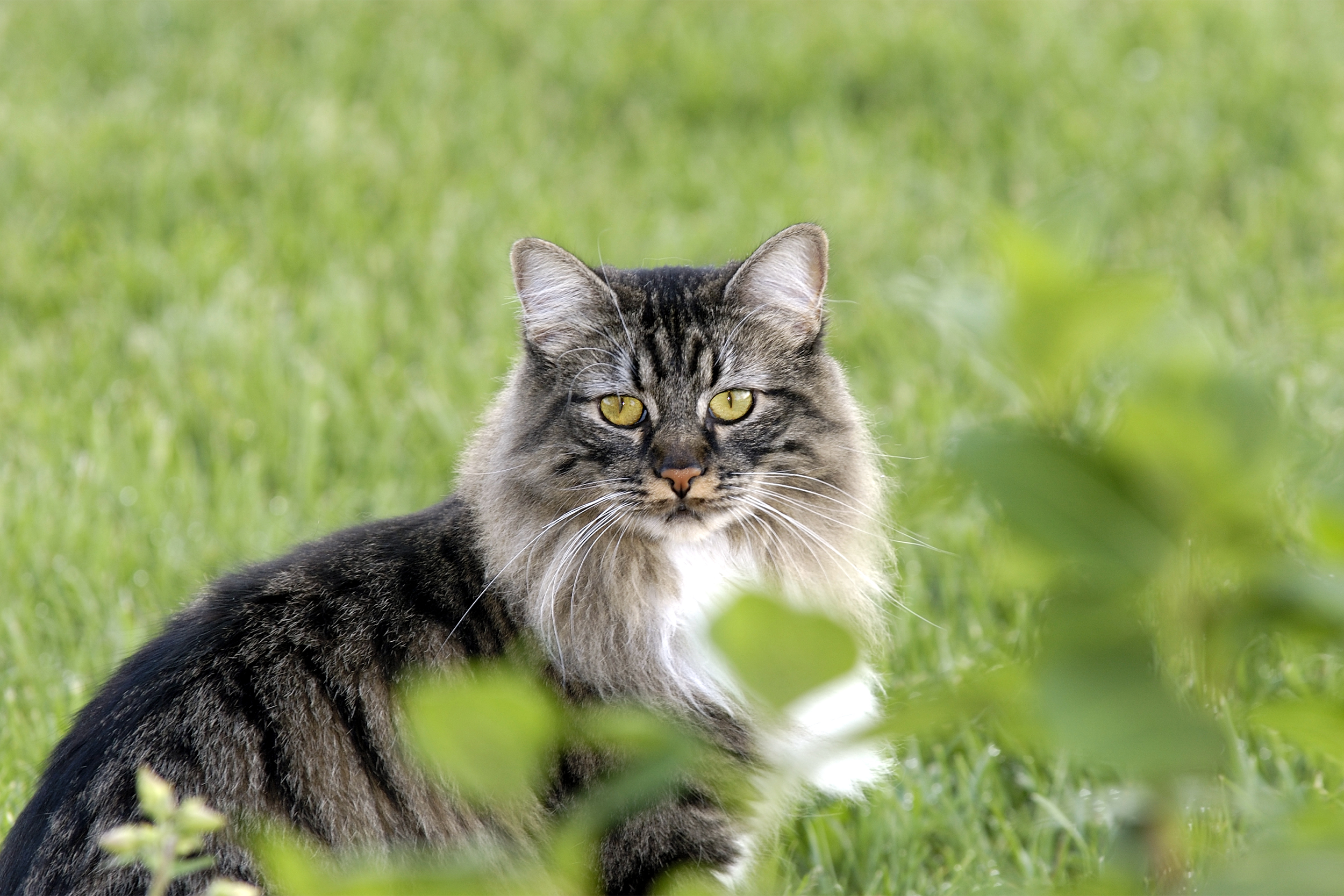
Manx cats are well known for their lack of a tail, but they’re also excellent hunters, have an adaptable nature, and love playing in water and riding in cars.
Norwegian Forest Cat
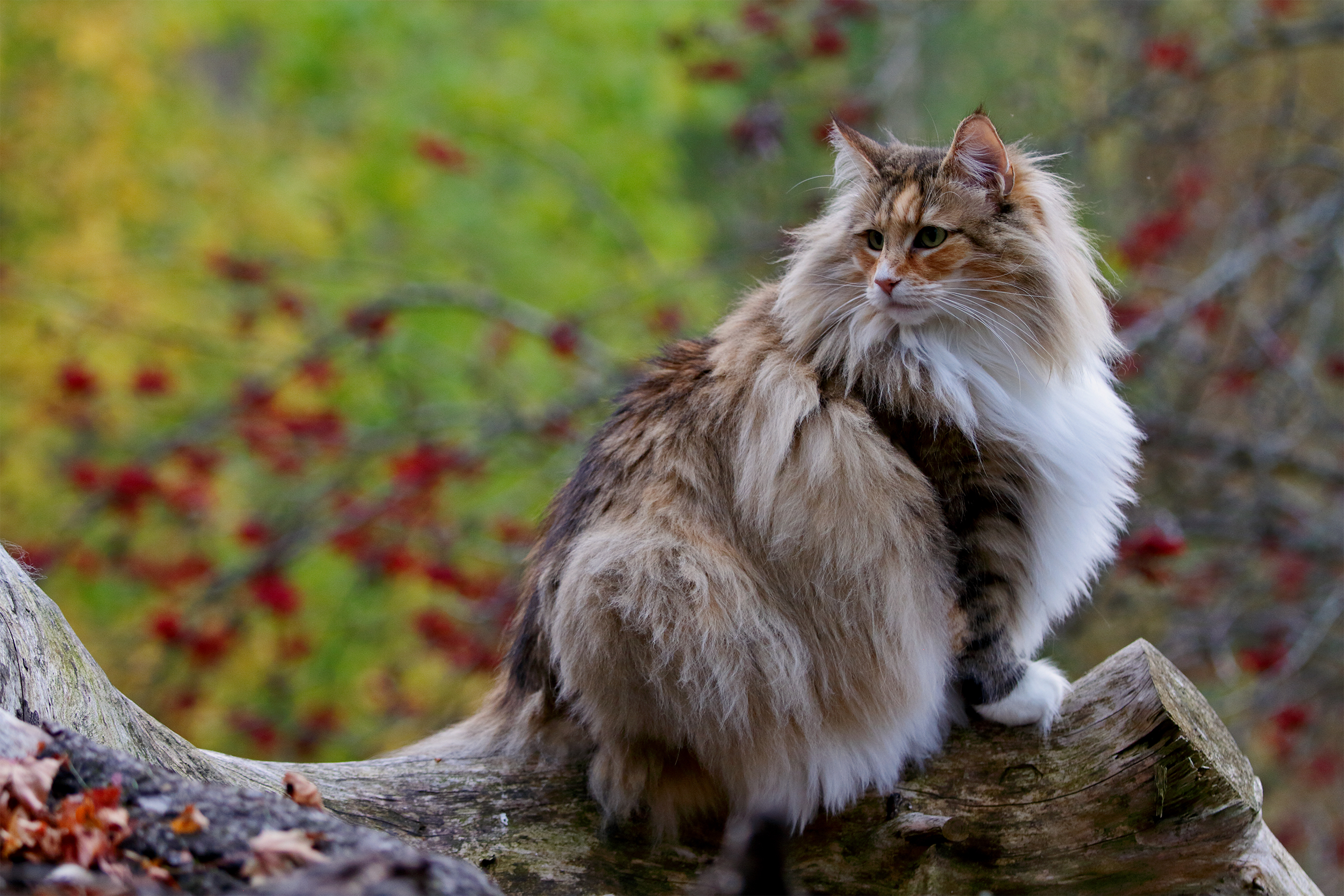
Large and athletic Norwegian Forest Cats are known for being quite reserved, affectionate with their owners, but aloof with others. They originated hundreds or even thousands of years ago, and in their native Norway, they are called skogcatts (meaning “forest cats”).
Khao Manee

This rare breed’s eyes are its most unusual trait, as they can range from amber or yellow to blue and green, or a combination of blue and any of the other colors. Khao Manee cats are considered good luck in Thailand, and they are curious, playful, and friendly.
Savannah

Savannahs descend from a cross between African Servals and a domestic cat and date back to 1986. While they’re larger than a regular cat, they have the temperament of one if well-socialized. They’re banned in a few states due to their hybrid status, and Purina notes that a first-generation Savannah can cost up to $20,000.
Bengal
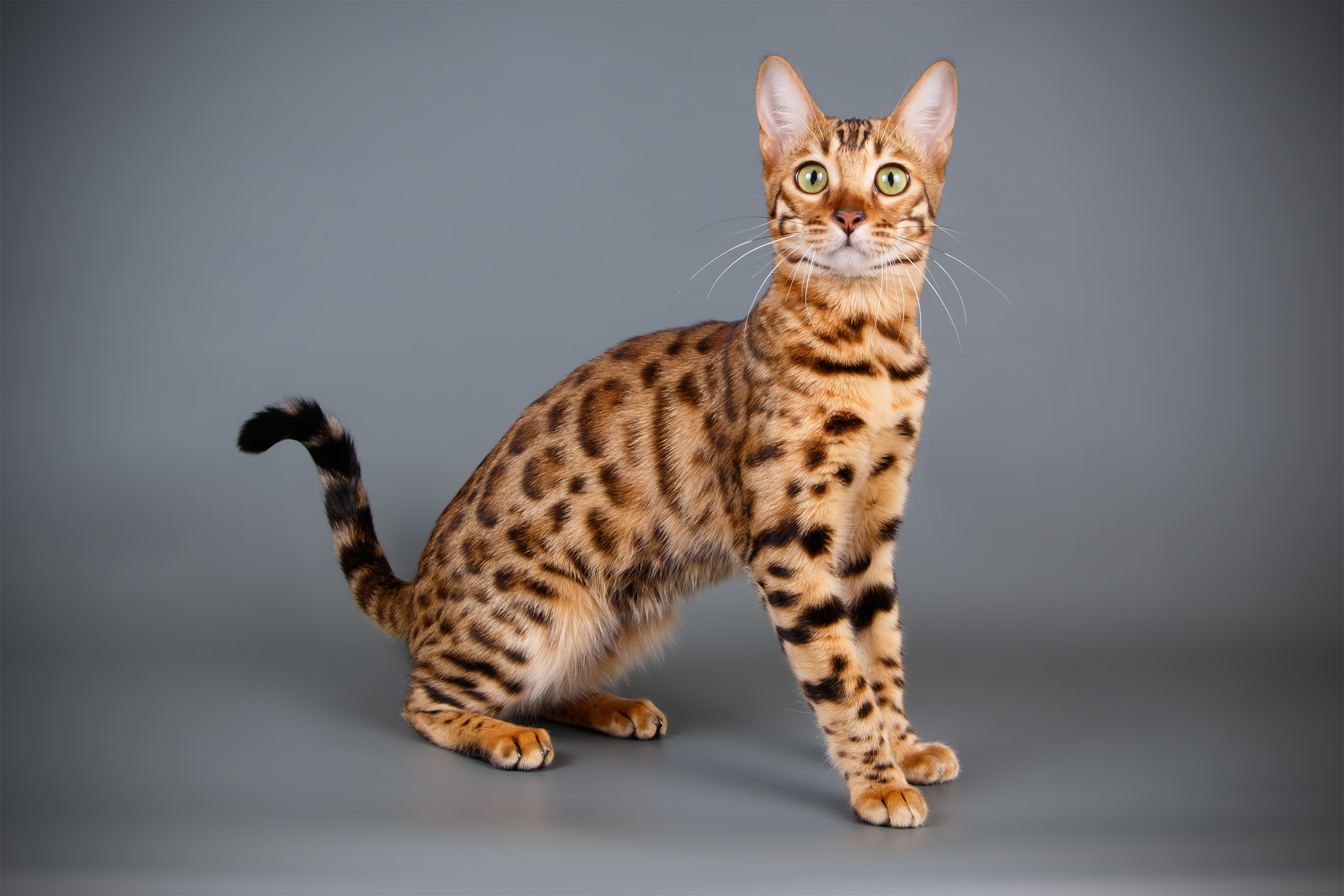
These cats — a cross between a domestic cat and Asian Leopard Cat — are known for their athleticism and extremely playful nature as well as their patterned and extraordinarily plush coats.
Cornish Rex
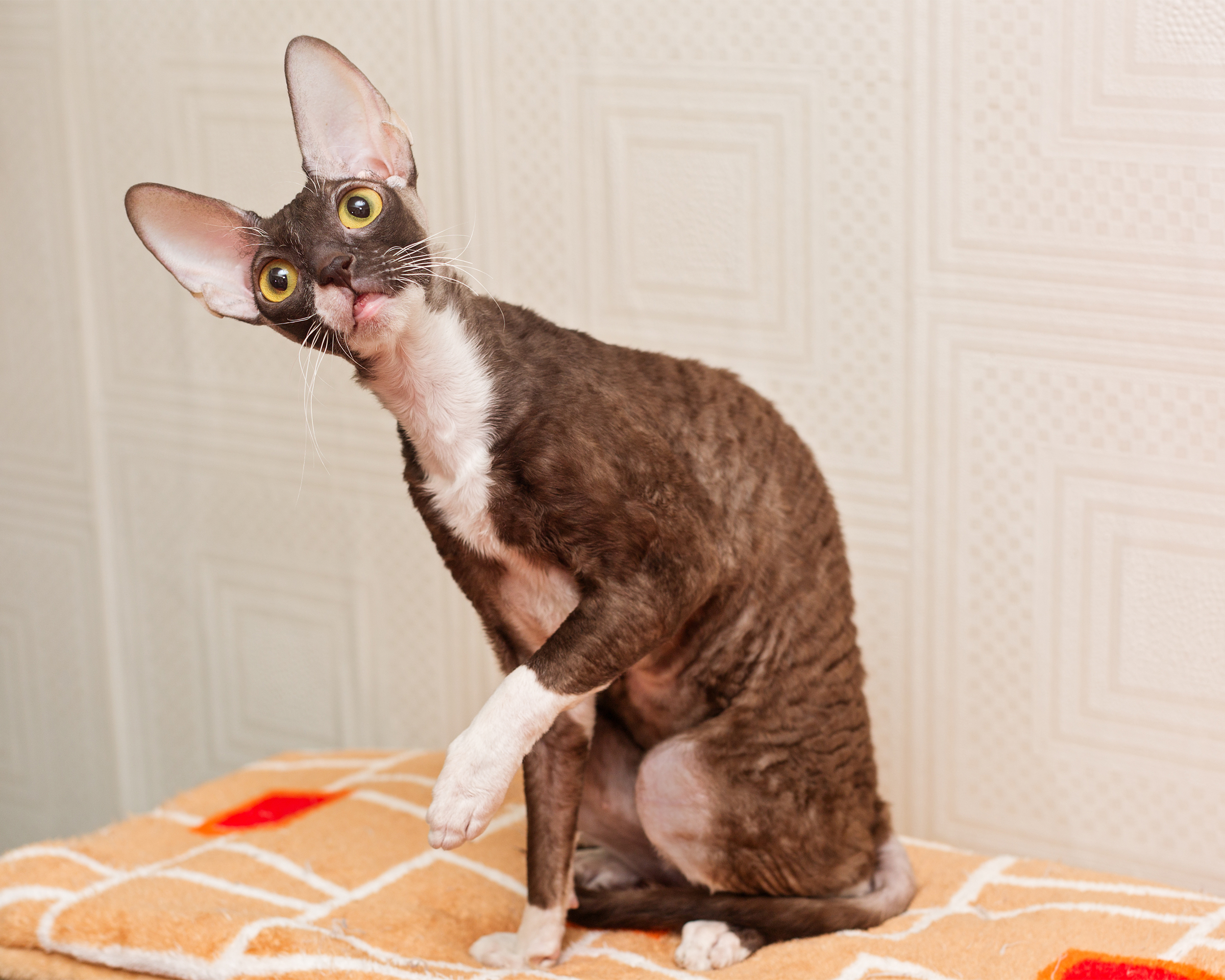
Cornish Rex cats have huge ears and wavy coats as well as massive eyes. They are active cats that will climb, jump, and run a lot, and they’re known for being quite attached to their families.
Lykoi
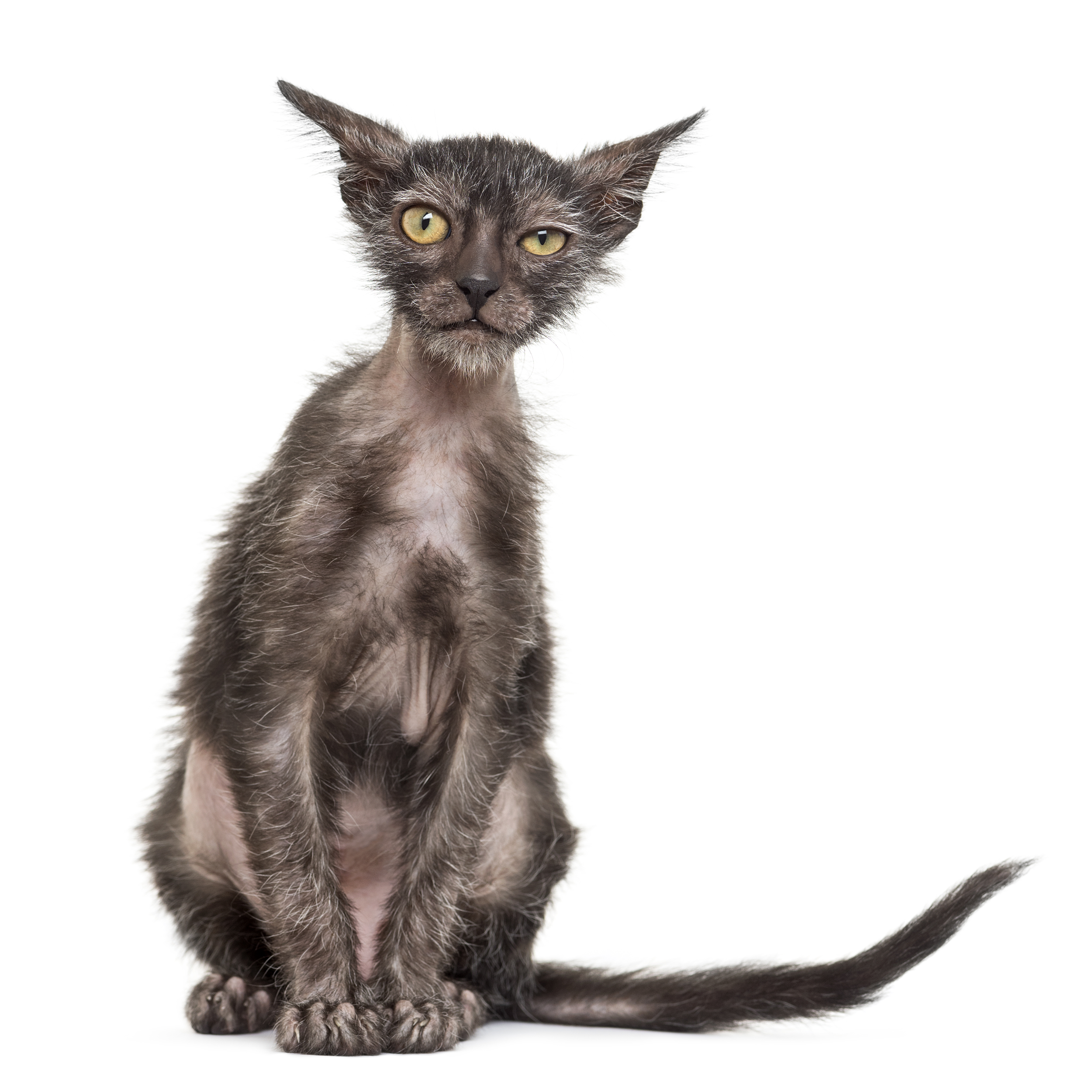
Some people think the Lykoi looks a bit like a werewolf (while we think it looks like an old man). Its unusual appearance is the result of a natural mutation that is relatively recent. A Lykoi might look grumpy, but it is known for being affectionate and calm.
Related: 20 Things You Never Need to Buy Your Pet
Exotic Shorthair
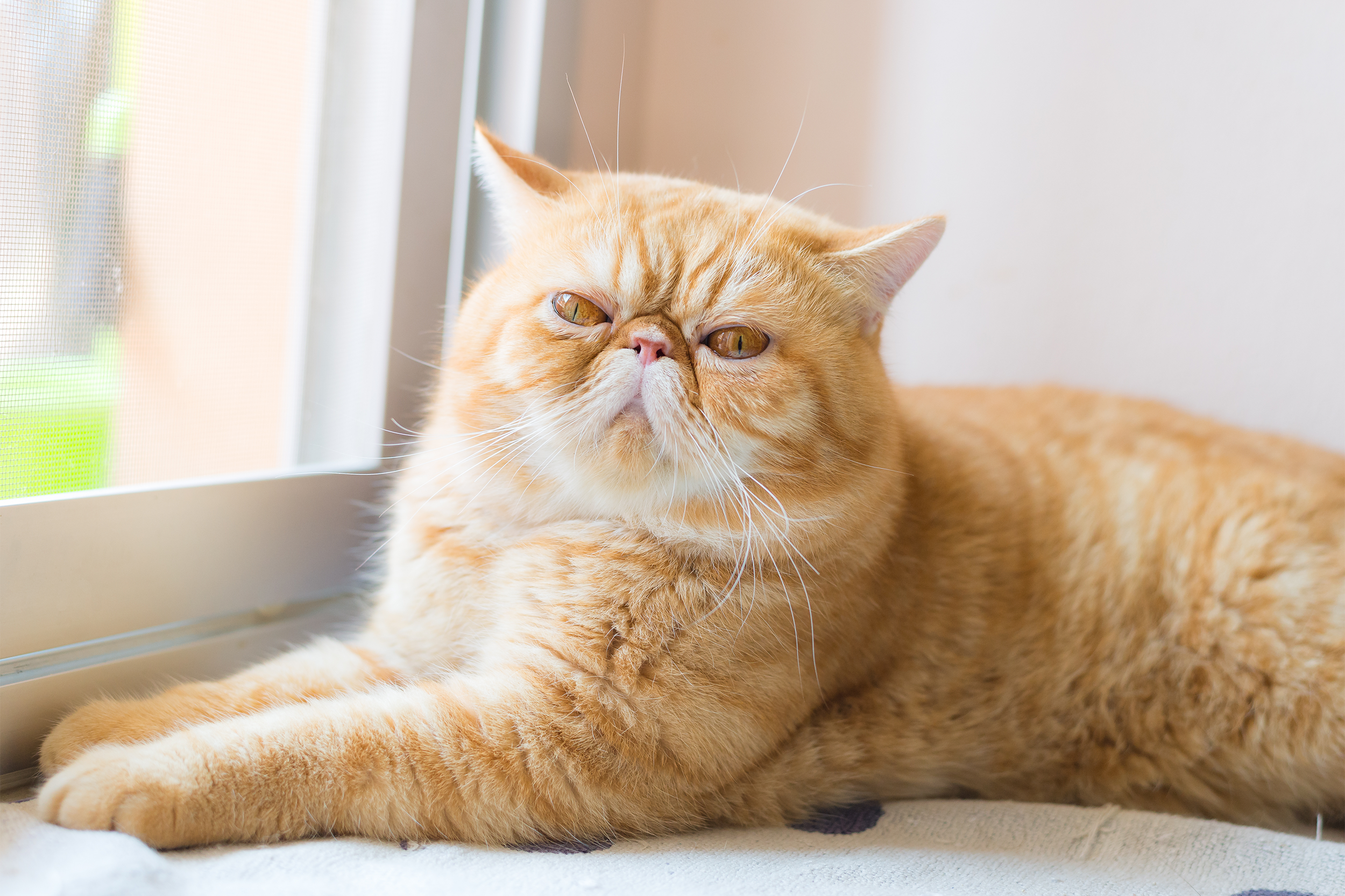
With a face like a Persian and a coat that doesn’t require nearly as much maintenance, this breed is known for being playful, gentle, and living a long average life of 15-plus years.
Ocicat
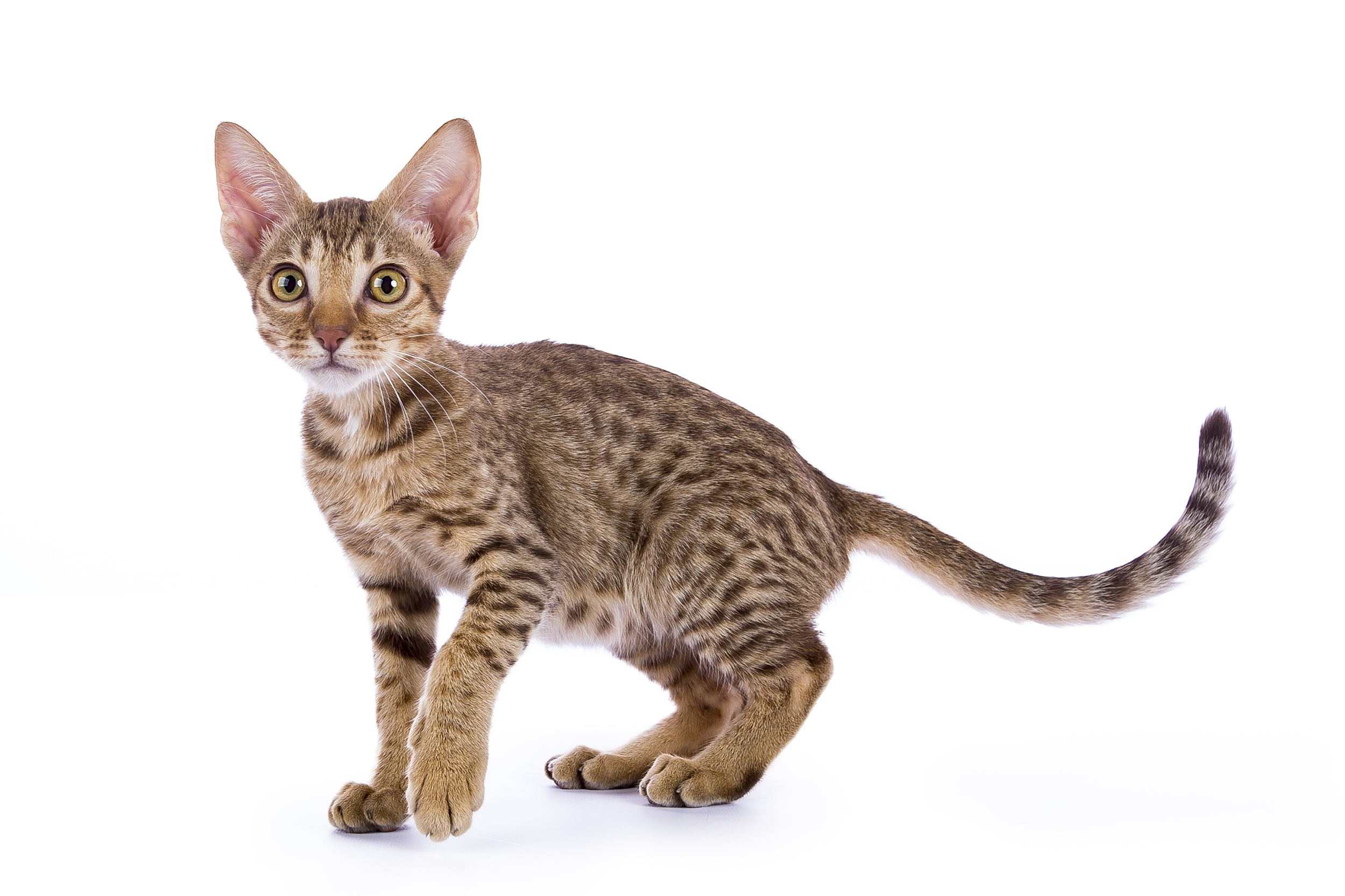
Purina notes that this is “the only spotted domestic breed selectively bred to emulate cats of the wild,” although the ocicat (named for its resemblance to the ocelot) doesn’t actually have any wild cat DNA. It is athletic, generally tolerant, and, like other cats on this list, often described as a dog in a cat’s body.
Burmilla
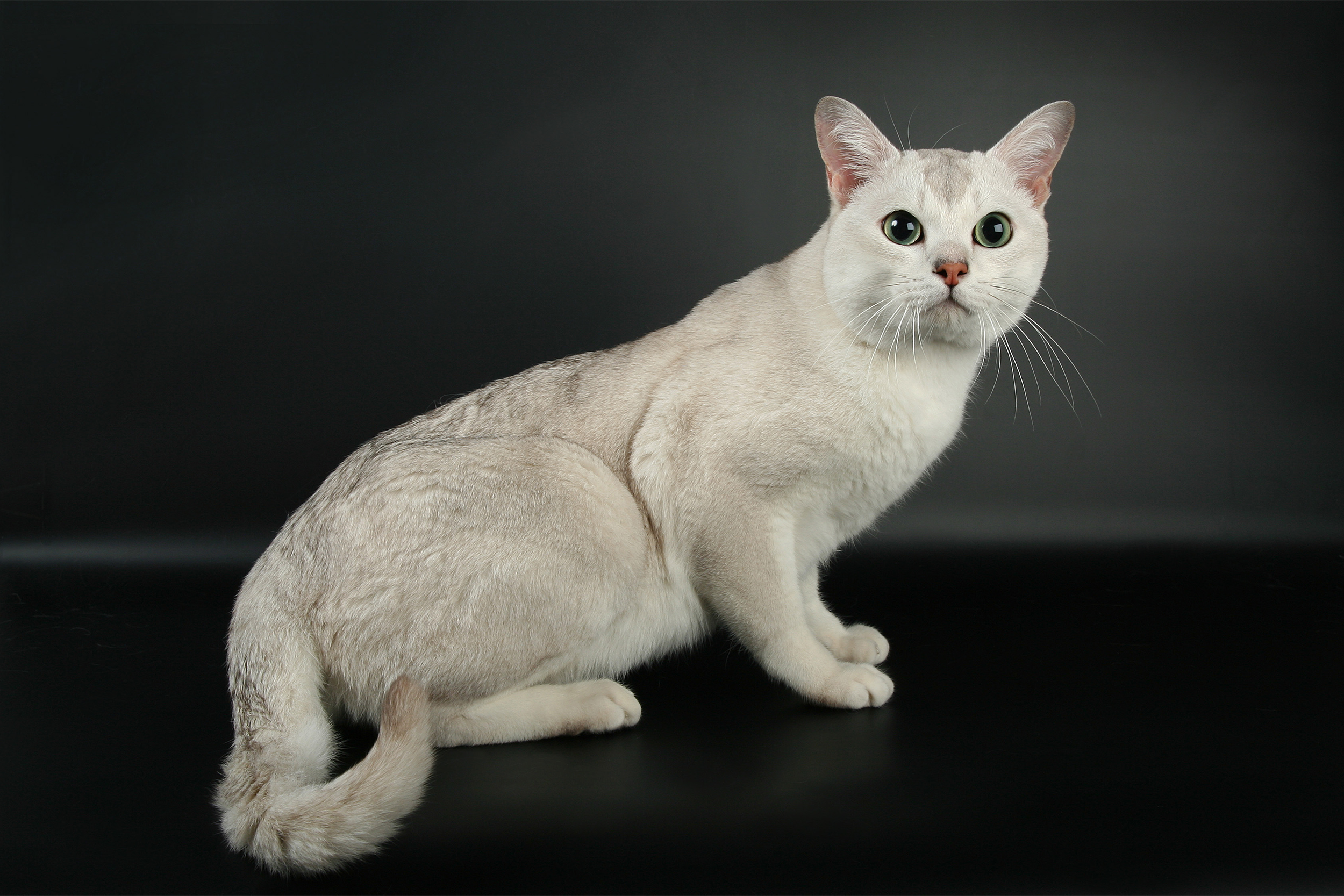
The unique feature of this cat is its silky silver coat, which can be short or semi-long. The Cat Fancier’s Association notes that it is “an irreverent and independent cat that adores its owner and displays many kitten-like characteristics even into adulthood.”
Maine Coon
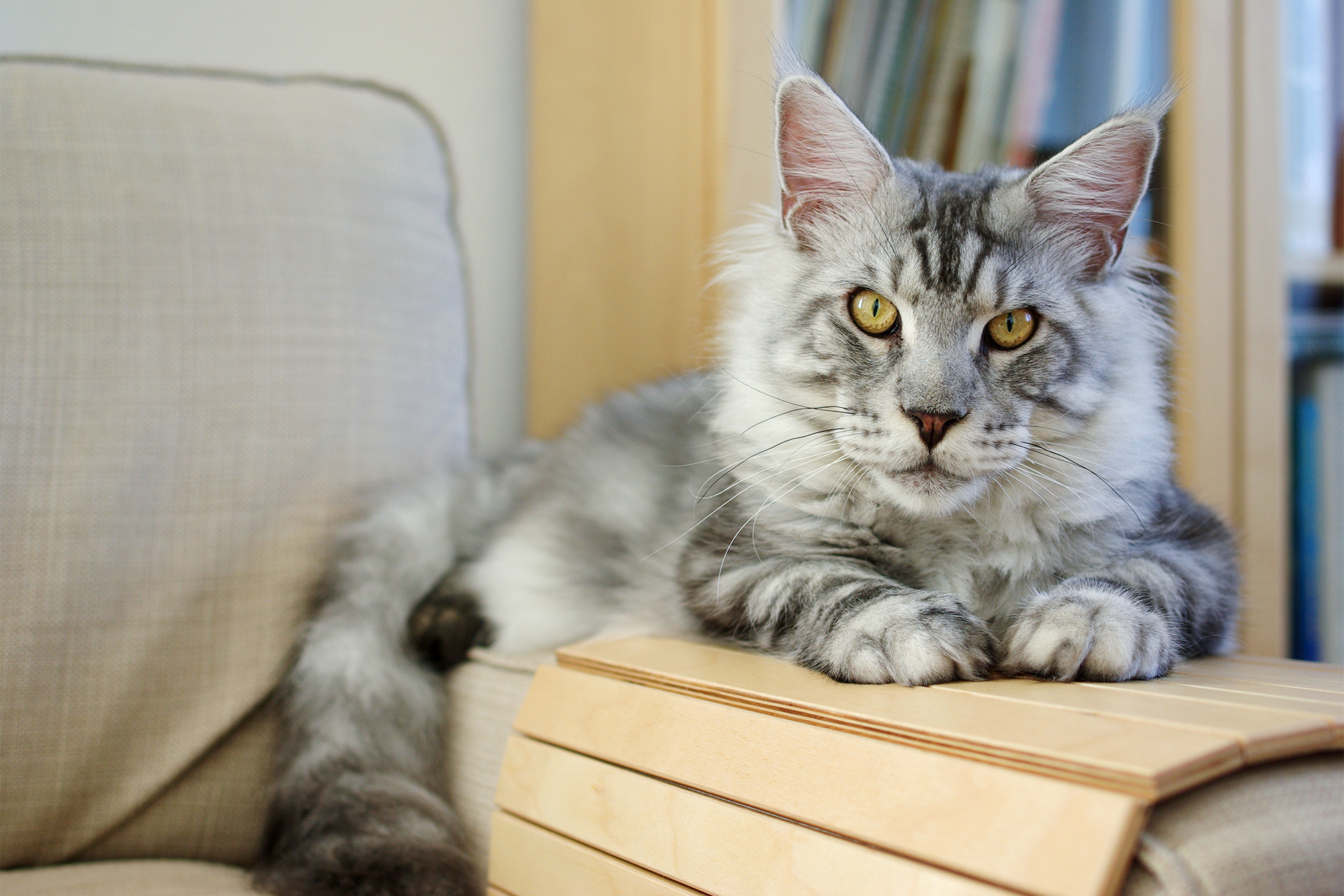
Maine Coons might have somewhat intense-looking expressions, but they are noted for being kitten-like throughout their lives. Their origin story is unclear, but one theory notes that they could be descendants of domestic shorthair cats, possibly bred with Norwegian Forest Cats.
Singapura
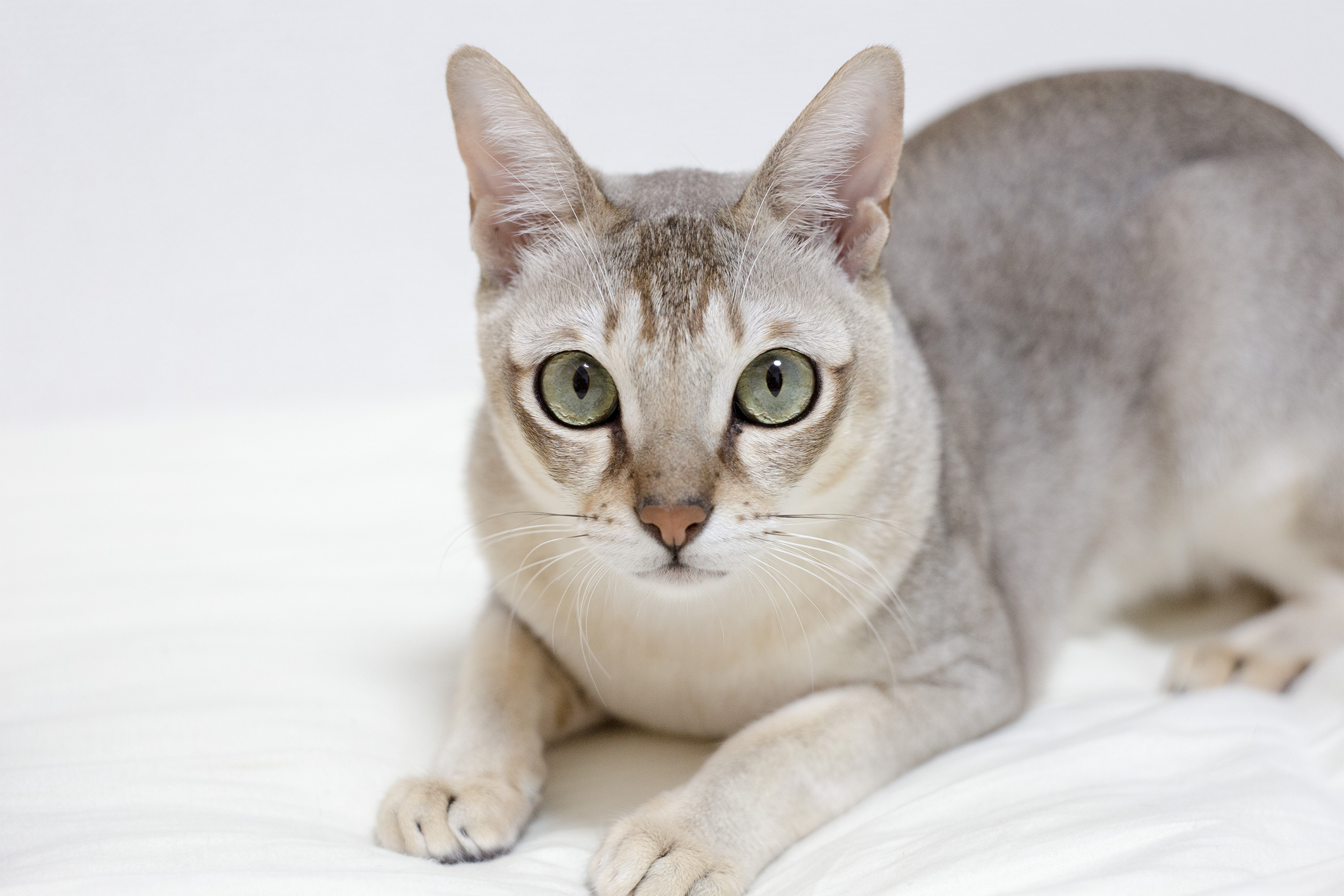
The small Singapura is an intelligent breed that seeks attention and likes to play with humans. Originating in Southeast Asia, these cats are known as “little lions of love” in Singapore.
Abyssinian
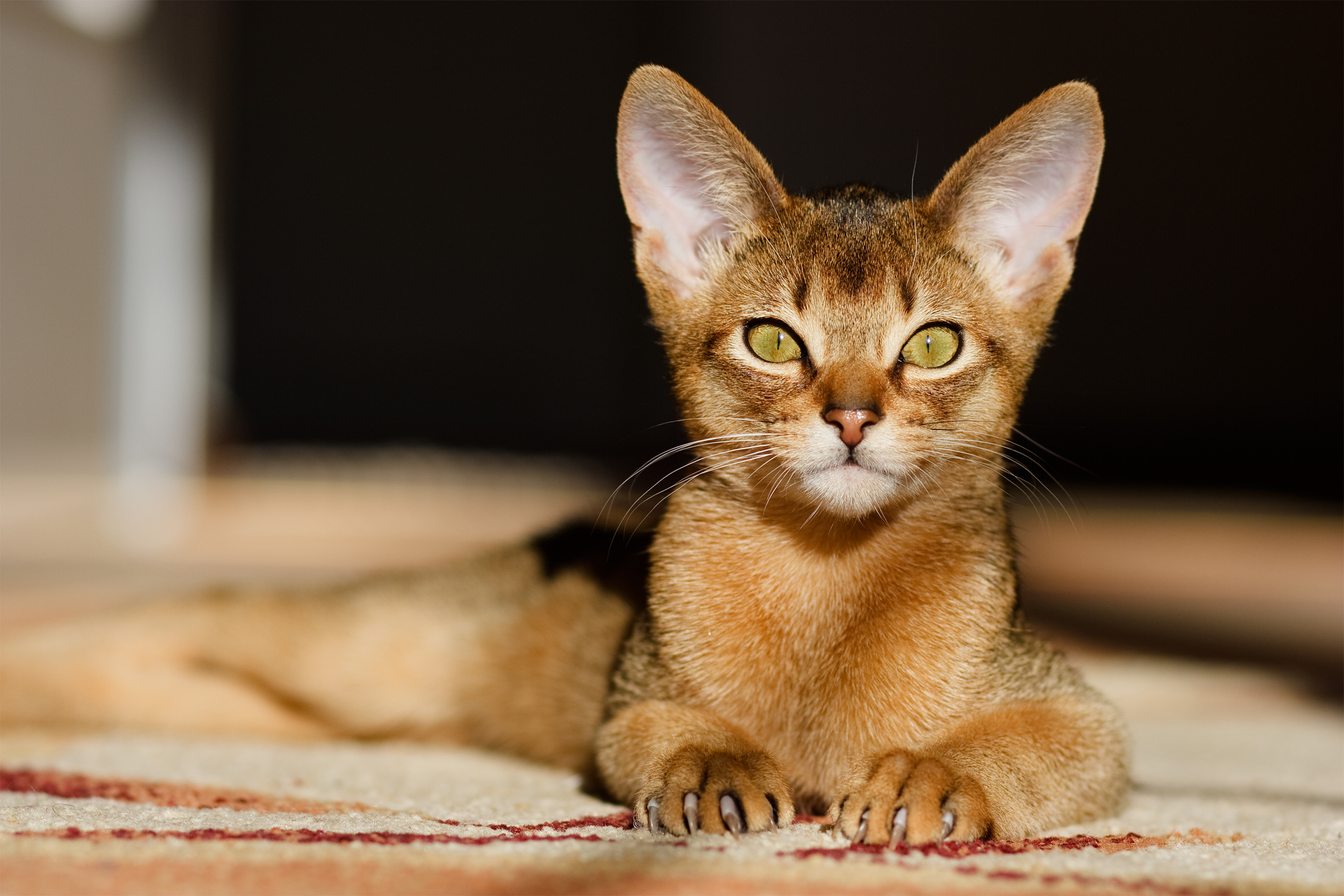
With ears that match their curiosity, Abyssinians are sometimes called “Aby-grabbys” because of their tendency to glom onto items that pique their interest, according to Purina. While there are no official records of this breed’s origin, it is thought to have possibly originated in what is now Ethiopia and/or Egypt.
